Using derivatives to update model parameters
Introduction to Deep Learning with PyTorch

Jasmin Ludolf
Senior Data Science Content Developer, DataCamp
An analogy for derivatives
$$
Derivative represents the slope of the curve
$$
- Steep slopes (red arrows):
- Large steps, derivative is high
- Gentler slopes (green arrows):
- Small steps, derivative is low
- Valley floor (blue arrow):
- Flat, derivative is zero
$$
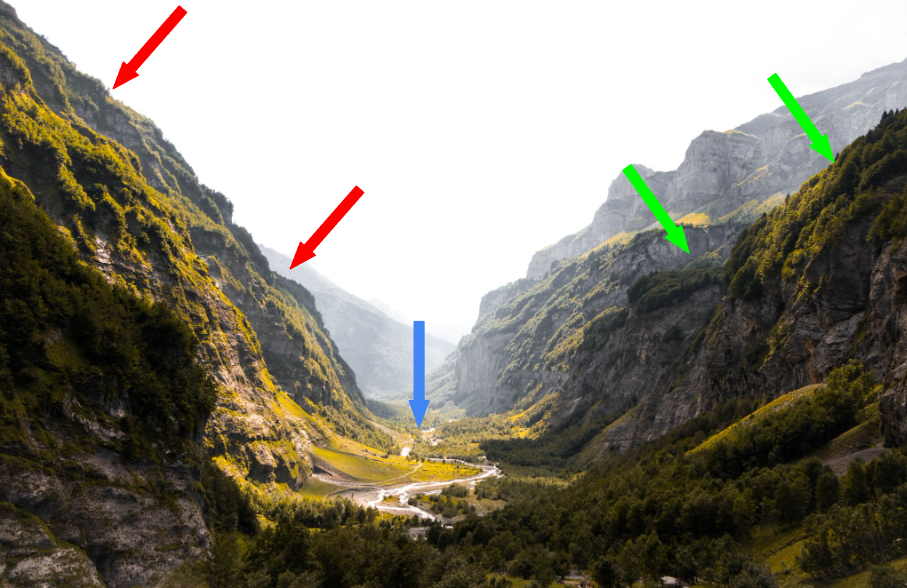
Convex and non-convex functions
This is a convex function
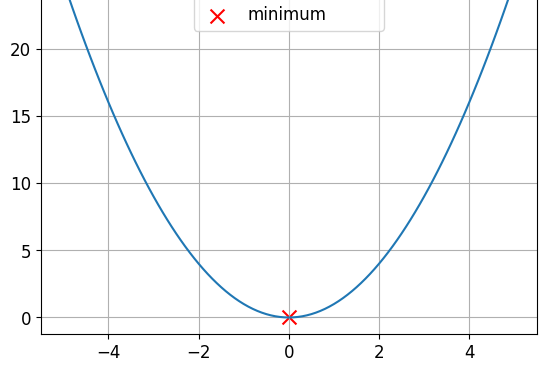
This is a non-convex function
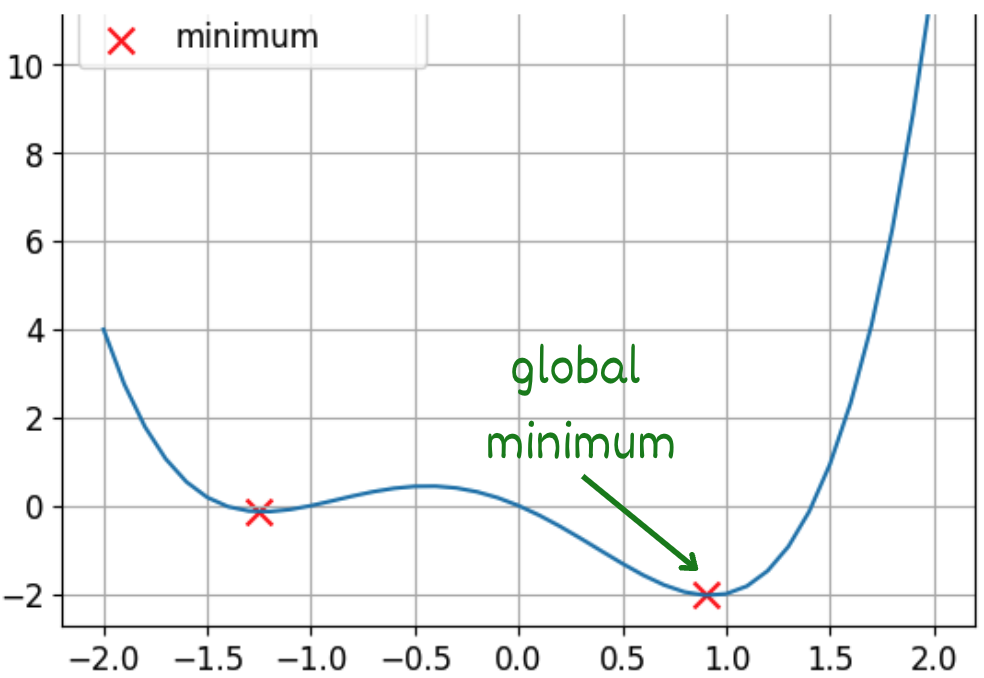
Connecting derivatives and model training
- Compute the loss in the forward pass during training
$$
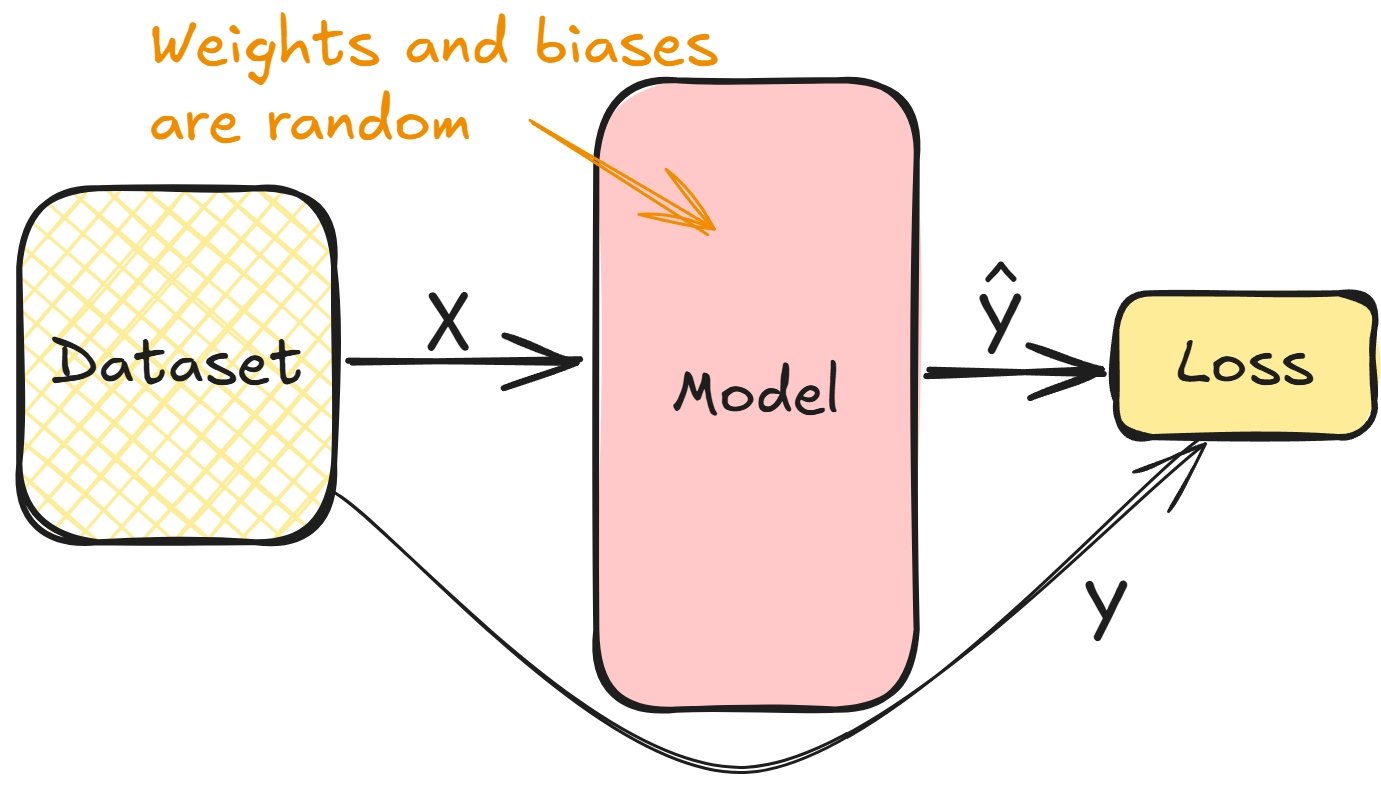
Connecting derivatives and model training
- Gradients help minimize loss, tune layer weights and biases
- Repeat until the layers are tuned
$$
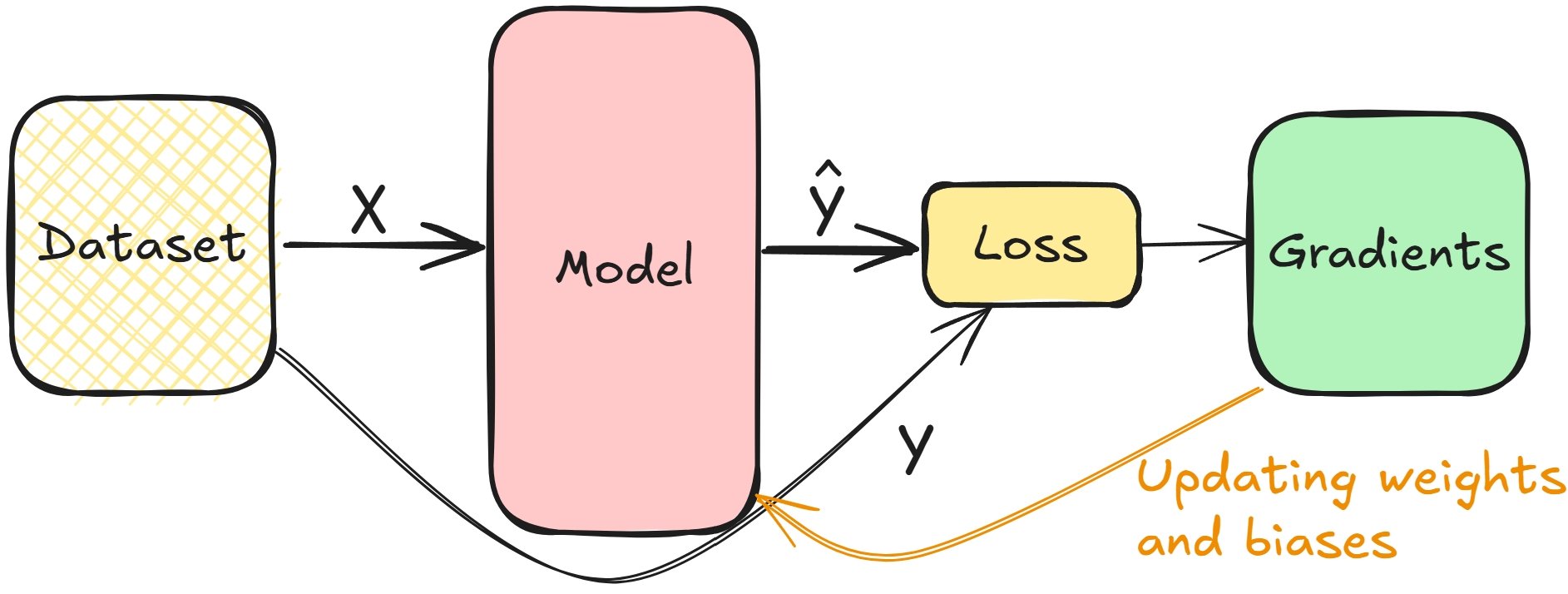
Backpropagation concepts
$$
Consider a network made of three layers:
- Begin with loss gradients for $L2$
- Use $L2$ to compute $L1$ gradients
- Repeat for all layers ($L1$, $L0$)
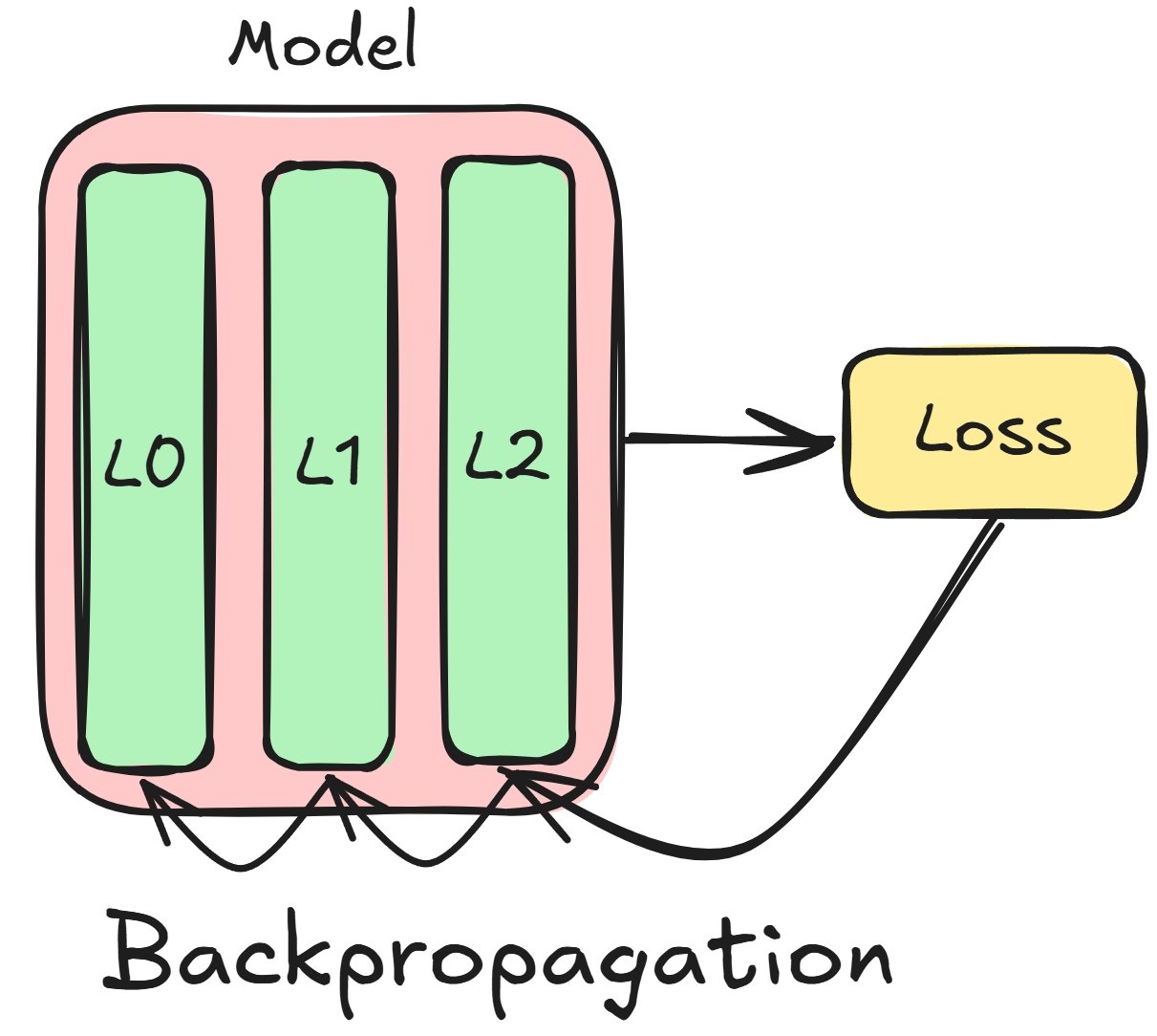
Backpropagation in PyTorch
# Run a forward pass model = nn.Sequential(nn.Linear(16, 8), nn.Linear(8, 4), nn.Linear(4, 2)) prediction = model(sample)# Calculate the loss and gradients criterion = CrossEntropyLoss() loss = criterion(prediction, target) loss.backward()
# Access each layer's gradients
model[0].weight.grad
model[0].bias.grad
model[1].weight.grad
model[1].bias.grad
model[2].weight.grad
model[2].bias.grad
Updating model parameters manually
# Learning rate is typically small lr = 0.001 # Update the weights weight = model[0].weight weight_grad = model[0].weight.gradweight = weight - lr * weight_grad# Update the biases bias = model[0].bias bias_grad = model[0].bias.gradbias = bias - lr * bias_grad
$$
- Access each layer gradient
- Multiply by the learning rate
- Subtract this product from the weight
Gradient descent
For non-convex functions, we will use gradient descent
PyTorch simplifies this with optimizers
- Stochastic gradient descent (SGD)
import torch.optim as optim # Create the optimizer optimizer = optim.SGD(model.parameters(), lr=0.001)# Perform parameter updates optimizer.step()
Let's practice!
Introduction to Deep Learning with PyTorch

